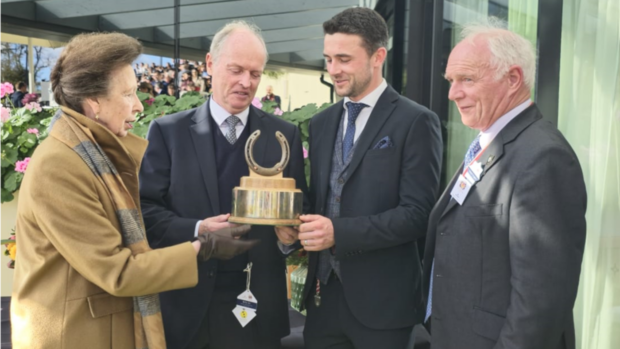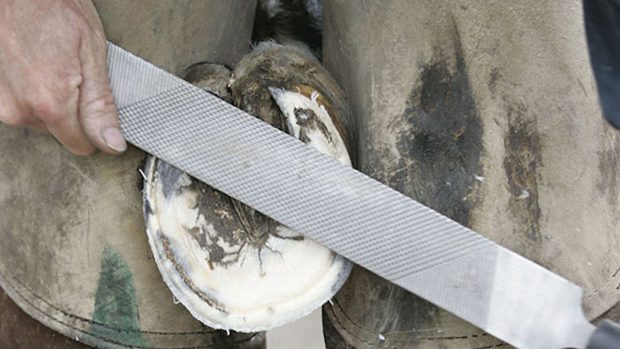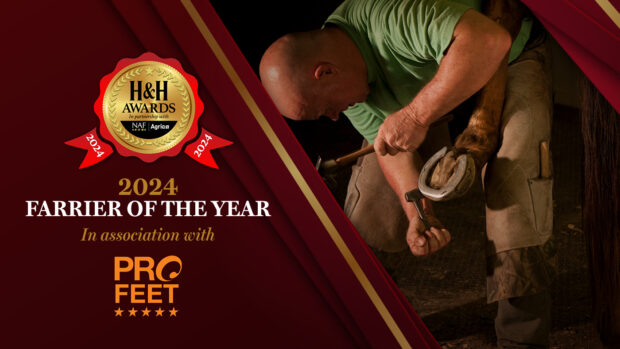Devon County Show starts later this week (16-18 May) and I am participating in the shoe-making competition. Kris, my training farrier, runs the competition for the three days of the show and I will be supporting him.
Farriers from all over the UK will be competing in a variety of classes and disciplines. It’s great fun to watch and immensely impressive what the top guys can do, so come and see us at the show.
For my own part, I am competing in the third and fourth year apprentice class. It’s hard to second guess what we will be asked to make, but I spent a bit of time on Saturday practising making a bar shoe (see the picture). There are many types of bar shoe — straight bar, heart bar and egg bar are the most common. They each have a different application and are fitted for different reasons. The shoe I made is an egg bar and is fitted with length to give maximum support to the back of the leg. It is a risky shoe to fit as the horse can pull it off easily by treading on it, so it is not often fitted unless the horse is on box rest.
As with all handmade bar shoes, they require welding which is a whole new skill set that I have to master. Firstly, forging the steel carefully to allow the joining of the two ends is one aspect but the really tricky bit is the welding. The steel is heated to a precise point where it begins to develop an oily surface. It’s a fraction of a degree below the point that the steel will burn. If you are too cautious the weld will not work so it’s a balancing act.
With the steel heated to the perfect point, the two ends can be hammer welded together. To achieve a good strong weld the steel needs to be brought up to the welding temperature two to three times, so there’s plenty of opportunity for me to ruin the shoe. I just hope that the shoes that we have to make in the forthcoming competition are not bar shoes because my welding is nowhere near competition ready!
Until next week,
Roland




